3B Scientific Polarimeter with 4 LEDs User Manual [en, de, es, fr, it]
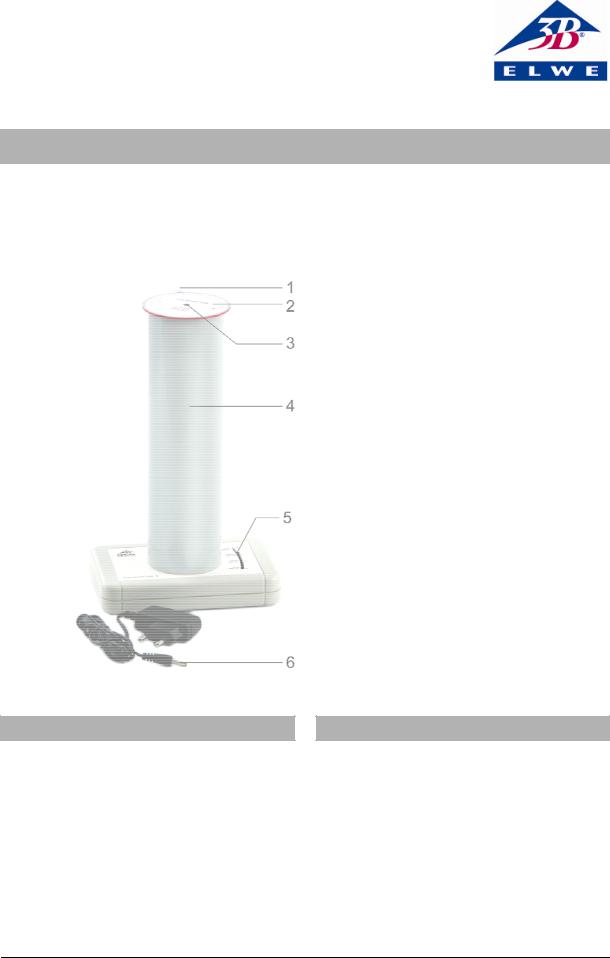
3B SCIENTIFIC® PHYSICS
Polarimeter mit 4 LED U8761161
Bedienungsanleitung
06/08 THL/ALF
1.Sicherheitsninweise
•Direktes Hineinblicken in die geöffnete Messkammer auf die hell leuchtenden LED’s vermeiden.
•Das Gerät nur mit dem zugehörigen Steckernetzgerät 12V DC betreiben.
•Bei sichtbaren äußeren Schäden des Netzgerätes oder des Polarimeters ist ein weiterer Betrieb unzulässig.
1Feststehender Zeiger
2Analysator
3Sichtöffnung
4Messkammer mit Messzylinder und Polarisator
5LED-Umschalter
6Steckernetzgerät
2. Beschreibung
Das Polarimeter mit 4 LED dient zur Bestimmung des Drehwinkels und der Drehrichtung von polarisiertem Licht durch eine optisch aktive Substanz in Abhängigkeit der Wellenlänge, der Probendicke und der Probenkonzentration.
Das Polarimeter ist mit einer Beleuchtungseinrichtung aus vier monochromatischen Leuchtdioden bestückt. Das von der eingeschalteten Leuchtdiode ausgehende Licht wird von einem Polarisator, der sich unter der Aufnahme für den Messzylinder in der Messkammer befindet, linear polarisiert.
1
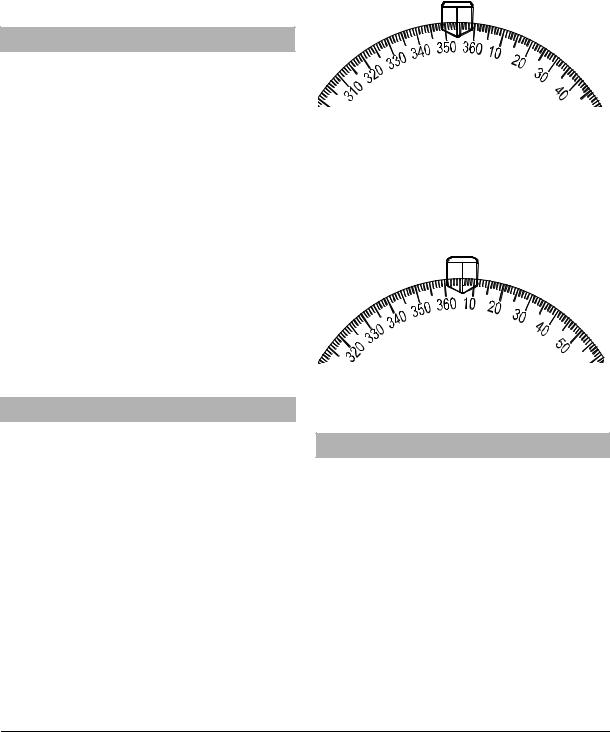
Im Analysator befindet sich ein zweiter Polarisationsfilter, dessen Ausrichtung um 90° zum Polarisator versetzt ist, wenn die Skala auf 0° (360°) ausgerichtet ist. In dieser Position ist, ohne optisch aktive Substanz in der Messkammer, ein Minimum der Leuchtstärke wahrnehmbar.
Eine optisch aktive Substanz im Messzylinder verändert rechtsoder linksdrehend die Polarisationsebene, was sich durch Zunahme der Helligkeit äußert. Durch Nachstellen des Analysators wird die Helligkeit wieder minimiert. Unter dem feststehenden Zeiger ist ein Winkelwert ablesbar, der dem Drehwinkel der Polarisationsebene entspricht.
3. Lieferumfang
1 Polarimeter-Grundgerät
1 Analysatorscheibe
1 Messzylinder
1 Steckernetzgerät
1 US-Steckeradapter (nur bei U8761161-115)
|
4. Technische Daten |
|
|
Wellenlängen: |
630 nm (rot) |
|
580 nm (gelb) |
|
525 nm (grün) |
|
468 nm (blau) |
Abmessungen: |
ca. 110 x 190 x 320 mm³ |
Masse: |
ca. 1 kg |
Das Polarimeter U8761161-115 ist für eine Netzspannung von 115 V (±10 %) ausgelegt, U8761161-230 für 230 V (±10 %).
5.Bedienung
•Analysatorscheibe von der Messkammer abnehmen.
•Messzylinder heraus nehmen und mit der Probeflüssigkeit befüllen. Danach unbedingt den Messzylinder trocken wischen, so dass sich keine Flüssigkeitsrückstände außen am Messzylinder befinden.
•Den Messzylinder in die Messkammer stellen. Dabei darauf achten, dass keine Flüssigkeit verschüttet wird und in die Messkammer gelangt.
•Analysatorscheibe wieder aufsetzen und so drehen, dass der Zeiger auf der 360°-Position steht.
•Stromversorgung über Steckernetzgerät herstellen.
•Lichtwellenlänge durch Verschieben des LEDUmschalters wählen.
Die Messung des Polarisationswinkels der optisch aktiven Substanz erfolgt durch feinfühliges Drehen des Analysators unter Beobachtung des Leuchtpunktes durch die Sichtöffnung.
Der Einstellwert ist erreicht, wenn die Helligkeit ein Minimum erreicht hat.
Rechtsdrehend ist eine Substanz, die das polarisierte Licht im Uhrzeigersinn dreht. Zur Kennzeichnung der optischen Aktivität solcher Substanzen benutzt man das Zeichen (+). Die Differenz aus 360° und dem ablesbaren Winkel entspricht dem Drehwinkel der Polarisationsebene.
Fig.1 Beispiel für eine rechtsdrehende Substanz (+6°)
Linksdrehend ist eine Substanz, die das polarisierte Licht gegen den Uhrzeigersinn dreht. Zur Kennzeichnung der optischen Aktivität solcher Substanzen benutzt man das Zeichen (-). Der Winkel einer linksdrehenden Substanz wird direkt abgelesen
Fig.2 Beispiel für eine linksdrehende Substanz (-6°)
6.Versuchsbeispiele
6.1Messung der optischen Aktivität einer Saccharoselösung in Abhängigkeit der Konzentration, der Schichtdicke und der Farbe des Lichts
•Zuckerlösung (10 g in 100 ml) herstellen. Dazu 10 g Zucker abwiegen, in ca. 60 cm3 destilliertem Wasser auflösen und im Messzylinder auf 100 cm3 auffüllen.
•Schichtdicke abmessen und Messzylinder in die Messkammer einsetzen.
Hinweis:
100 ml Flüssigkeit im Messzylinder entsprechen einer Schichtdicke von 1,9 dm, 75 ml – 1,43 dm, 50 ml – 0,96 dm und 25 ml – 0,44 dm.
•Drehwinkel für die verschiedenen LEDs messen.
2
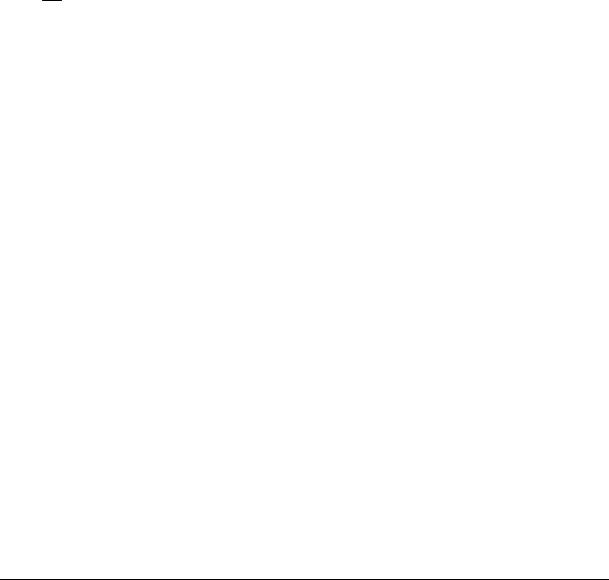
•Im nächsten Schritt bei gleicher Konzentration Schichtdicke auf 1,43 dm (75 ml) verringern und die Messung wiederholen.
•Weitere Messungen mit Schichtdicken von 0,96 dm (50 ml) und 0,44 dm (25 ml) durchführen.
•Anschließend Zuckerlösungen (20 g, 30 g und 40 g in 100 ml) herstellen und analog zur ersten Messreihe Drehwinkel messen.
•Werte in einer Tabelle erfassen und den Drehwinkel in Abhängigkeit der Konzentration und der Schichtdicke für jede Farbe grafisch darstellen.
6.2Bestimmung des spezifischen Drehwinkels von Saccharose
Der spezifische Drehwinkel [α] ist eine Stoffkonstante und ergibt sich aus folgender Gleichung bei bekannter Wellenlänge des Lichts λ und Temperatur T:
α |
|
[α]Tλ = c l |
(1) |
α = gemessener Drehwinkel
c = Konzentration c des gelösten Stoffes l = Schichtdicke der Lösung
Literaturangaben beziehen sich meistens auf die gelbe Natrium D-Linie (λ = 589 nm) und eine Temperatur von 20 °C.
•Zuckerlösung (50 g in 100 ml) herstellen. Dazu 50 g Zucker abwiegen, in ca. 60 cm3 destilliertem
Wasser auflösen und im Messzylinder auf 100 cm3 auffüllen.
•Schichtdicke abmessen und Messzylinder in die Messkammer einsetzen.
•Drehwinkel bei gelbem Licht bestimmen.
•Spezifischen Drehwinkel nach Gleichung 1 errechnen und mit Literaturwert vergleichen.
Literaturwerte für spezifische Drehwinkel [α]D20 Saccharose +66,5°, D-Glucose +52,7°, D-Fructose
-92,4°. (Werte aus Aebi, Einführung in die praktische Biochemie, Karger 1982)
6.3 Inversion von Saccharose
Mit Säure lässt sich Saccharose in D-Glucose und D- Fructose spalten, dabei werden beide Bestandteile in gleichen Maßen frei. Die Rechtsdrehung wird geringer bis der Drehwinkel schließlich negativ wird. Diesen Vorgang nennt man Inversion. Das Glucose- Fructose-Gemisch heißt deshalb Invertzucker und ist z.B. ein Bestandteil von Kunsthonig.
•Zuckerlösung (30 g in 100 ml) herstellen. Dazu 30 g Zucker abwiegen, in ca. 60 cm3 destilliertem Wasser (50° C) auflösen.
•Vorsichtig (Schutzbrille) 15 ml 25 %ige Salzsäure hinzufügen.
•Lösung im Messzylinder auf 100 cm3 auffüllen und in die Messkammer stellen.
•Sofort eine Stoppuhr in Gang setzen und den Drehwinkel bestimmen.
•In Abständen von 5 Minuten erneut den Drehwinkel messen und alle Messwerte in einer Tabelle notieren.
•Nach 30 Minuten die Messreihe beenden und die Inversionskurve zeichnen.
6.4Konzentrationsmessung bei bekanntem spezifischen Drehwinkel am Beispiel Rohrzucker in Cola
•Messzylinder mit 100 ml Cola befüllen.
•Drehwinkel und Drehsinn mit Hilfe der gelben Diode bestimmen.
•Zuckergehalt durch Umstellung der Gleichung 1 errechnen.
c = |
α |
g |
(2) |
||
|
|
|
|
||
[α] l |
cm3 |
||||
Elwe Didactic GmbH • Steinfelsstr. 6 • 08248 Klingenthal • Deutschland • www.elwedidactic.com 3B Scientific GmbH • Rudorffweg 8 • 21031 Hamburg • Deutschland • www.3bscientific.com Technische Änderungen vorbehalten
© Copyright 2008 3B Scientific GmbH
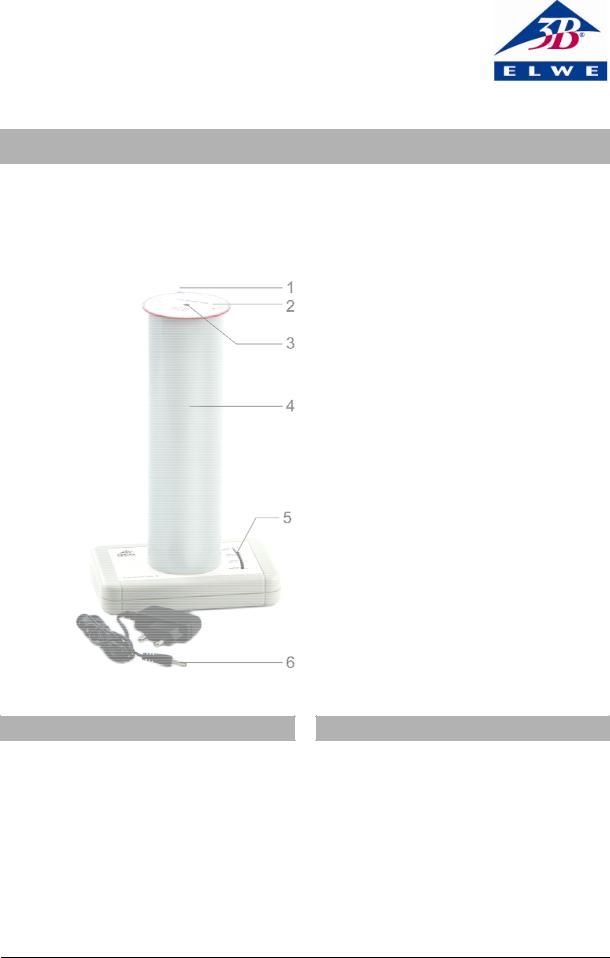
3B SCIENTIFIC® PHYSICS
Polarimeter with 4 LEDs U8761161
Instruction Sheet
06/08 THL/ALF
1.Safety instructions
•Do not look into the fully opened measurement chamber at the LEDs when they are brightly lit.
•Only use the instrument with the 12V DC mains adapter supplied.
•If there is any visible damage to the polarimeter or the mains adapter, the instrument must not be used.
1Fixed pointer
2Analyser
3Viewing hole
4Measurement chamber with cylindrical sample cell and polariser
5LED selector switch
6Mains adapter
2. Description
The polarimeter with 4 LEDs is used for determining the angle and direction of rotation of polarised light transmitted by an optically active substance, and measuring its dependence on the wavelength, sample thickness and sample concentration.
The instrument is illuminated by a system consisting of four monochromatic light-emitting diodes (LEDs). The light emitted from the active LED undergoes linear polarisation by a polariser placed below the entry window of the cylindrical sample cell in the measurement chamber.
1
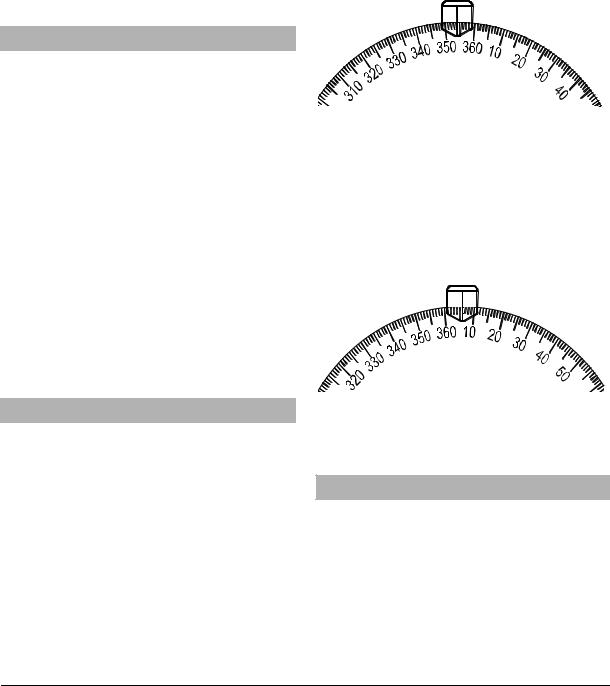
The analyser contains a second polarising filter with its polarisation axis at a variable angle to that of the polariser. The angle is 90° when the rotating scale is set to 0° (= 360°). In this position, if there is no optically active substance in the measurement chamber, the transmitted light intensity will be at a minimum.
If an optically active substance is then put into the sample cell, it rotates the plane of polarisation either clockwise or anti-clockwise, causing an increase in the transmitted light intensity (brightness). By repositioning the analyser, the light intensity can be brought back to its minimum. The angle that is then read off below the fixed pointer is the angle through which the plane of polarisation has been rotated by the sample.
3. Equipment supplied
1 Polarimeter basic instrument
1 Analyser disc
1 Sample cell
1 Mains adapter
1 US mains adapter (only with U8761161-115)
|
4. Technical data |
|
|
Wavelengths: |
630 nm (red) |
|
580 nm (yellow) |
|
525 nm (green) |
|
468 nm (blue) |
Dimensions: |
110×190×320 mm3 approx. |
Weight: |
1 kg approx. |
The polarimeter U8761161-230 is designed for a mains voltage of 230 V (±10 %), whereas U8761161115 is for 115 V (±10 %).
5.Operation
•Lift the analyser disc from the measurement chamber.
•Take out the cylindrical sample cell and fill it with the liquid sample. It is important to carefully wipe the cell dry, ensuring that no liquid remains on the outside surface.
•Place the sample cell in the measurement chamber, taking care that no liquid is allowed to spill and escape into other parts of the measurement chamber.
•Replace the analyser disc and rotate it so that the pointer is at the 360° position.
•Connect the mains adapter and supply power to the instrument.
•Set the LED selector switch to give the desired wavelength of light.
To measure the angle of rotation of the plane of polarisation transmitted via the optically active sample, look at the spot of light through the viewing hole and rotate the disc so that the brightness is reduced. Adjust it carefully to find the position where the brightness is at a minimum and read the pointer.
A substance that rotates the plane of polarisation of light in the clockwise direction is described as dextrorotatory. The optical activity of such substances is indicated by the sign (+). The difference between the 360° mark and the angle that one reads on the scale corresponds to the angle by which the plane of polarisation has been rotated.
Fig.1 Example of a scale reading for a dextro-rotatory substance (+6°)
A substance that rotates the plane of polarisation of light in the anti-clockwise direction is described as laevo-rotatory. The optical activity of such substances is indicated by the sign (-). For a laevo-rotatory substance the angle of rotation can be read directly off the scale.
Fig.2 Example of a scale reading for a laevo-rotatory substance (-6°)
6.Sample experiments
6.1Measure the optical activity of a saccharose solution as a function of the concentration, the sample thickness, and the colour of the light
•Prepare a sugar solution (10 g in 100 ml), by weighing out 10 g of ordinary sugar, dissolving it in about 60 cm3 of distilled water, and making the volume up to 100 cm3 in the cylindrical sample cell.
2
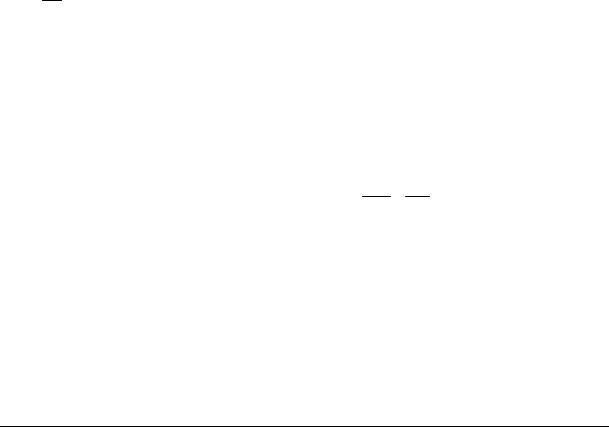
•Measure the sample thickness and place the sample cell in the measurement chamber.
Note:
100 ml of liquid in the sample cell corresponds to a sample thickness of 1.9 dm, 75 ml to 1.43 dm, 50 ml to 0.96 dm, and 25 ml to 0.44 dm.
•Measure the angle of rotation for each of the different LEDs.
•In the next step, keep the concentration the same but reduce the sample thickness to 1.43 dm (75 ml) and repeat the measurement.
•Make further measurements with sample thicknesses of 0.96 dm (50 ml) and 0.44 dm (25 ml).
•Finally, prepare sugar solutions of higher concentrations (20 g, 30 g and 40 g in 100 ml) and measure the angles of rotation in the same way as in the first series.
•Set out the results in a table and plot graphs of the angle of rotation as a function of concentration and sample thickness for each light colour.
6.2 Determine the specific rotation of saccharose
The specific rotation [α] is a constant for any given
substance, and for a given light wavelength λ and temperature T it is defined by the equation:
α |
|
[α]Tλ = c l |
(1) |
(Values from Aebi, Einführung in die praktische Biochemie [Introduction to Practical Biochemistry], Karger 1982.)
6.3 Inversion of saccharose
Acids cause saccharose to split into D-glucose and D- fructose, releasing the two components in equal quantities. During this process the dextro-rotation is steadily reduced until finally the angle of rotation becomes negative (anti-clockwise). This phenomenon is called inversion. The resulting glucose/fructose mixture is therefore called invert sugar, and is a constituent of some food products, such as synthetic honey.
•Start to prepare a sugar solution (30 g in 100 ml), by first weighing out 30 g of sugar and dissolving it in about 60 cm3 of distilled water (50° C).
•Carefully (wearing safety goggles) add 15 ml of 25% hydrochloric acid.
•Make up the volume to 100 cm3 in the sample cell and place it in the measurement chamber.
•Immediately start a stop-watch and measure the angle of rotation.
•Repeat the measurement of the angle of rotation at intervals of 5 minutes and compile all the results in a table.
•After 30 minutes, bring your series of measurements to an end and plot the inversion curve.
α = observed angle of rotation
c = concentration of the dissolved substance l = thickness of the sample solution.
Values given in the literature are usually those for the yellow D line of sodium (λ = 589 nm) at a temperature of 20 °C.
•Prepare the sugar solution (50 g in 100 ml), by weighing out 50 g of sugar, dissolving it in about 60 cm3 of distilled water, and making the volume up to 100 cm3 in the cylindrical sample cell.
•Measure the sample thickness and place the sample cell in the measurement chamber.
6.4Measure the concentration of a substance of known specific rotation - example: cane sugar in cola
•Fill the sample cell with 100 ml of cola.
•Using the yellow LED, determine the angle of rotation and its direction.
•Calculate the sugar content using the following equation obtained by rearrangement of Equation 1:
c = [αα] l cmg 3
•Measure the angle of rotation with yellow light.
•Calculate the specific rotation using Equation 1 and compare it with the quoted value.
Quoted values [α]D20 for specific rotation:
Saccharose +66.5°
D-glucose +52.7°
D-fructose -92.4°
Elwe Didactic GmbH • Steinfelsstr. 6 • 08248 Klingenthal • Germany • www.elwedidactic.com 3B Scientific GmbH • Rudorffweg 8 • 21031 Hamburg • Germany • www.3bscientific.com Subject to technical amendments
© Copyright 2008 3B Scientific GmbH
